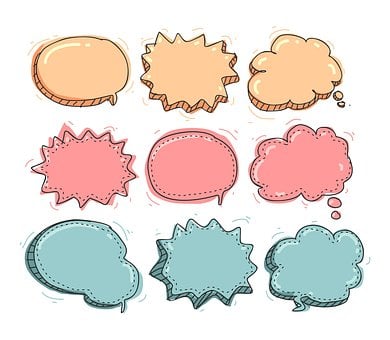There is a myriad of reasons the idea of speech therapy might come up in someone’s life. It can be suggested for children who are having trouble meeting speech milestones or can be recommended for people recovering from strokes or other health conditions where speech was impacted. The following will explore what speech therapy is and how it works.
What Is Speech Therapy?
Speech therapy is a therapeutic system designed to assess and treat communication difficulties and speech disorders. The therapy is performed by what is called a speech-language pathologist (sometimes shortened to SLPs or referred to as speech therapists). Techniques are chosen with the aim of improving communication and might include language intervention activities, articulation therapy, or techniques specific to a speech or language disorder.
When Is Speech Therapy Needed?
Of course, every person is different, but generally, speech therapy can be effective when the below challenges are present. Disorders or difficulties not on this list might also benefit from speech therapy.
- Articulation disorders revolve around the struggle a person might have to pronounce certain word sounds
- Dysarthria is slowed speech or speech that is slurred due to muscle weakness or the inability to control muscles due to nervous system disorders
- Fluency disorders affect the pacing, flow, or rhythm of speech like stuttering or cluttering
- Aphasia is a condition that influences someone’s ability to speak and understand
- Resonance disorders revolve around blockages or obstructions in the nasal or oral cavities, which alter airflow and, therefore the vibrations needed to speak
- Cognitive-communicative disorders that result from brain injury
- Receptive disorders where a person struggles to comprehend other people’s speech
- Expressive disorders where a person finds expressing information challenging
Step One: Assessment
No matter your reason for seeking out speech therapy, an assessment period will likely be how the process starts. If a child is being assessed, this might involve an SLP playing with them. For adults, this period might involve conversations.
Step Two: Therapy
Depending on the cause of the speech issue, therapy will look different for different people. Again with children, it tends to revolve around play, books, stories, and asking children to mimic behavior. Parents will also likely need to learn the techniques so they can help children practice at home.
For adults, exercises will be designed to help speech, language, and communication of ideas. If swallowing function or other muscular needs are part of the process, there might also be some physical exercises for the mouth and jaw area. Conversational tactics, breathing exercises, and activities to help cognition might also be used.
At Home Requirements
Like with most therapies, what you do at home is a vital part of how effective treatment is. There are workbooks, language development games and toys, and speech therapy apps that can be used. Many tools available are specific to the cause of the speech struggles. For example, you’ll find a speech therapy app for stroke patients is different than one for children who find certain sounds difficult to pronounce. When you visit with your SLP, they can help outline the options available to you.
The above information should give you an idea of the range of experiences that are possible as part of speech therapy. The length of your therapy will depend heavily on your condition and how diligently you work with techniques on your own time.
